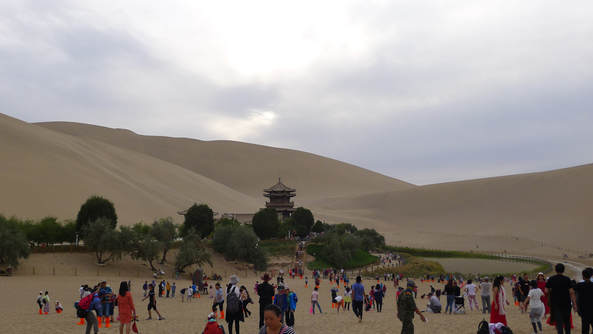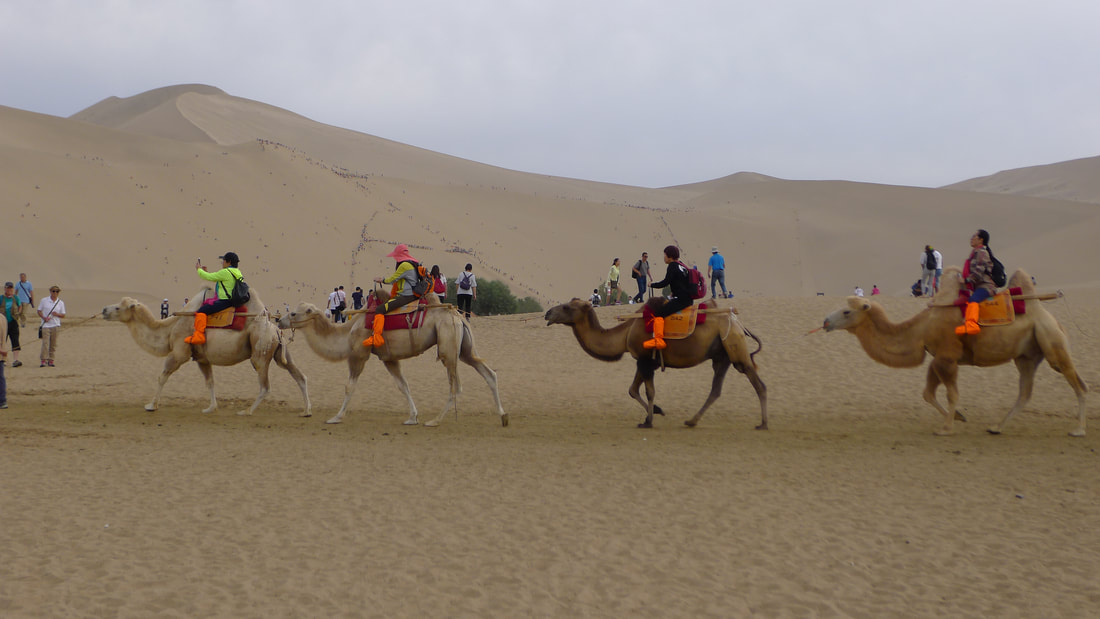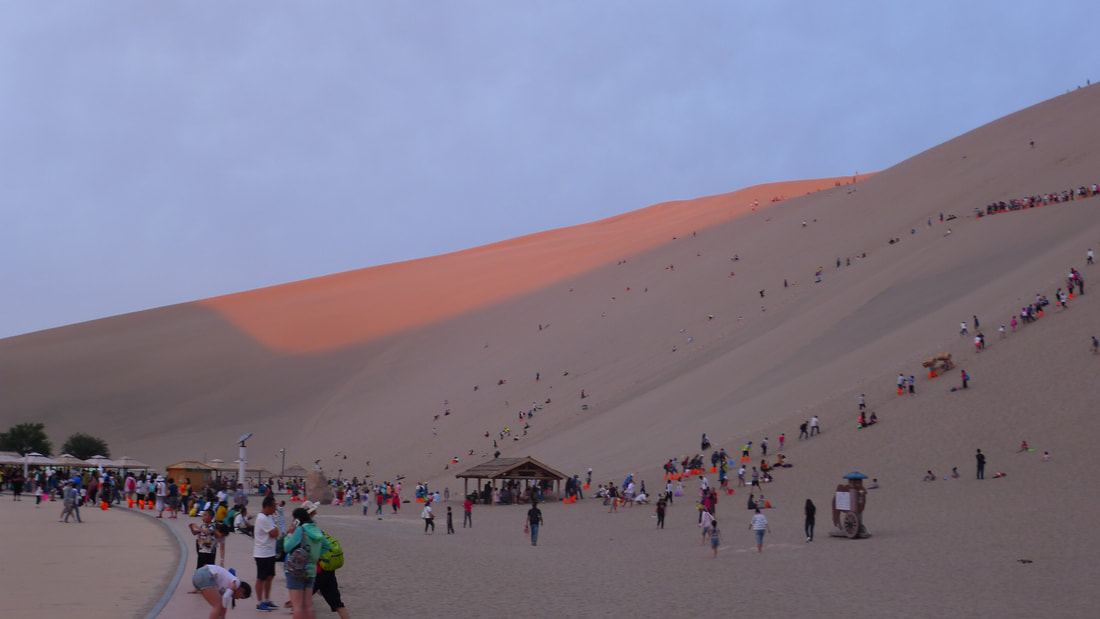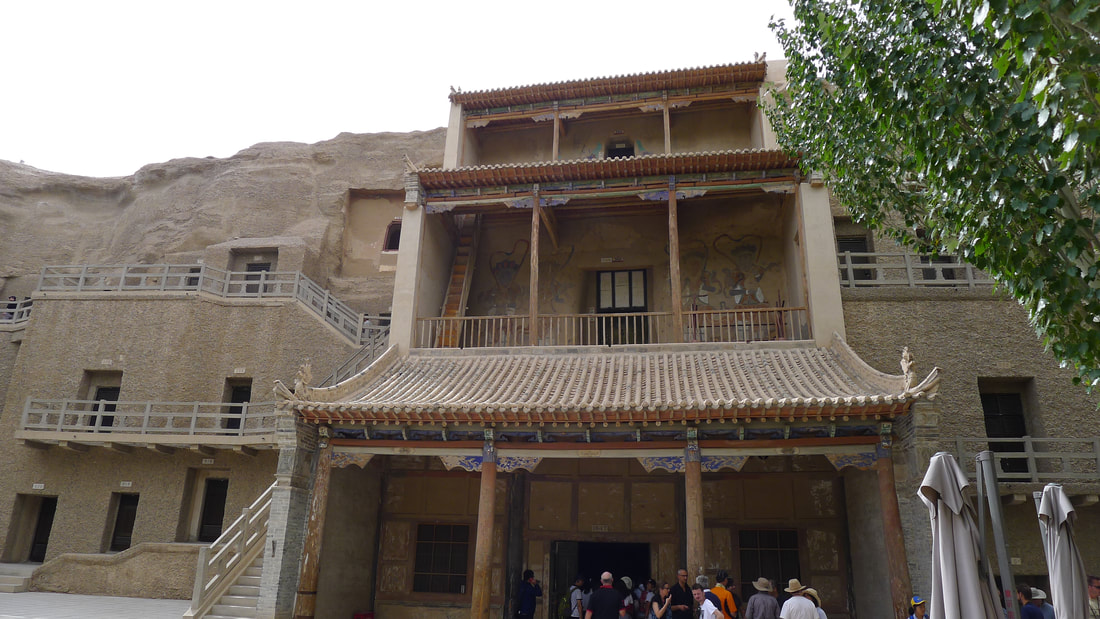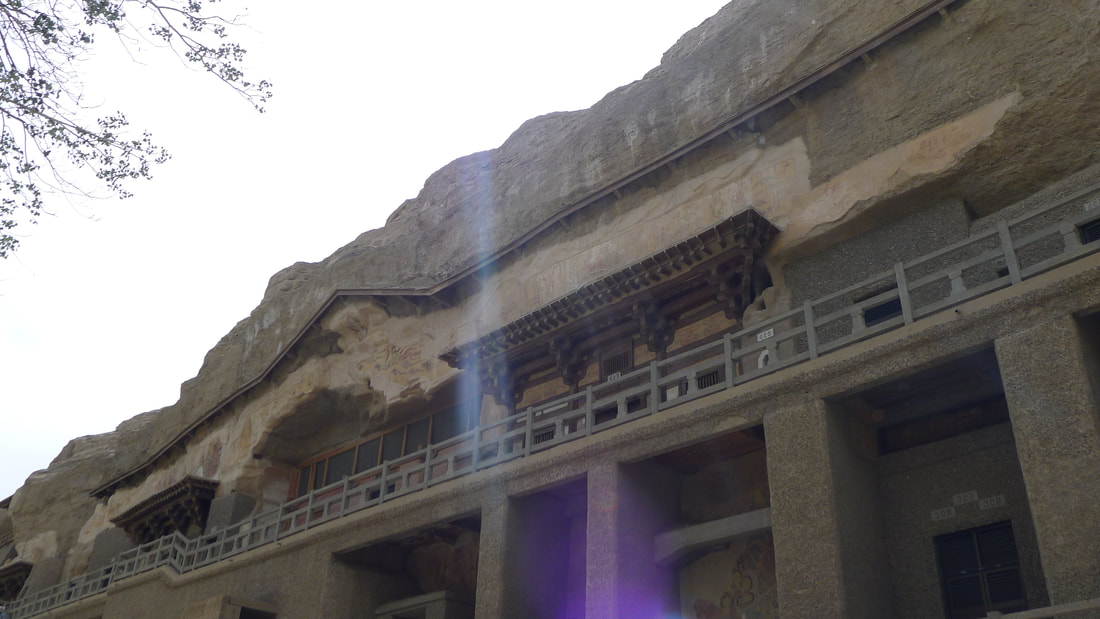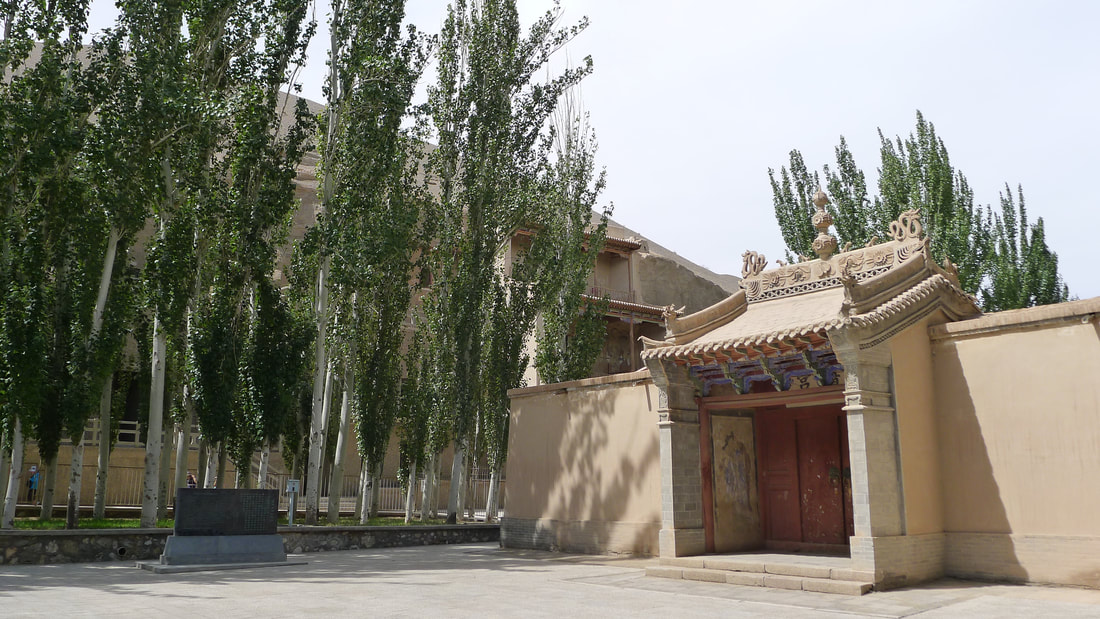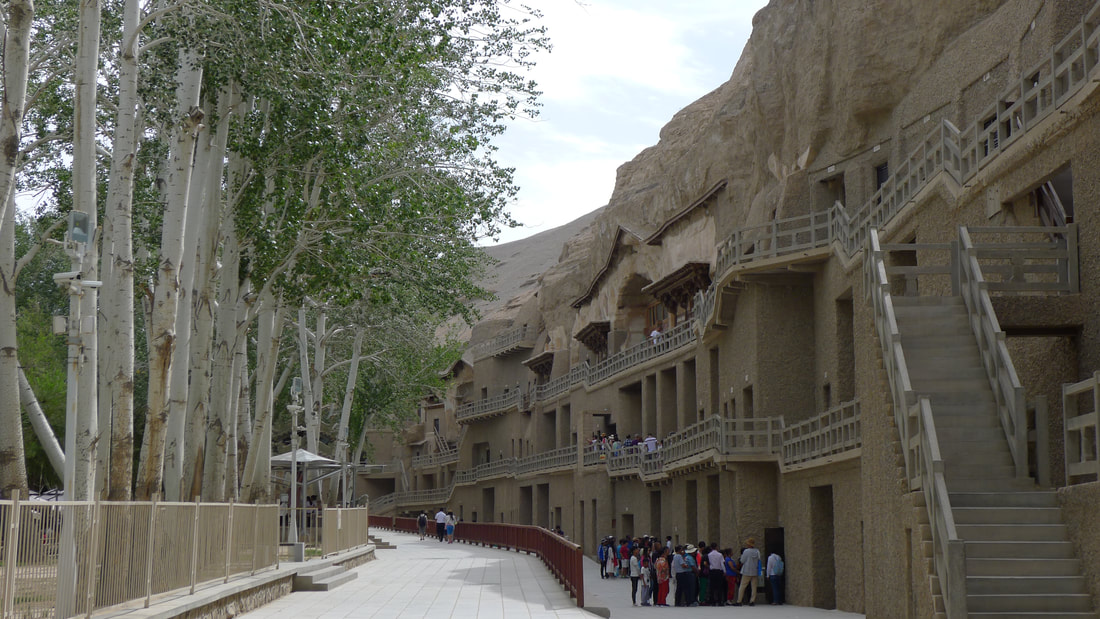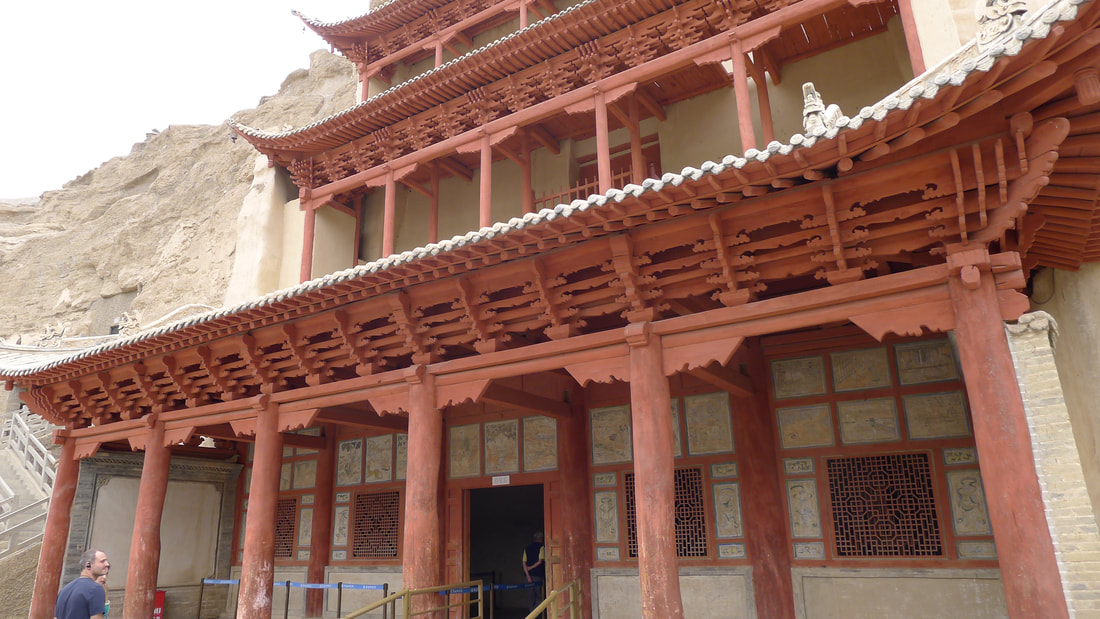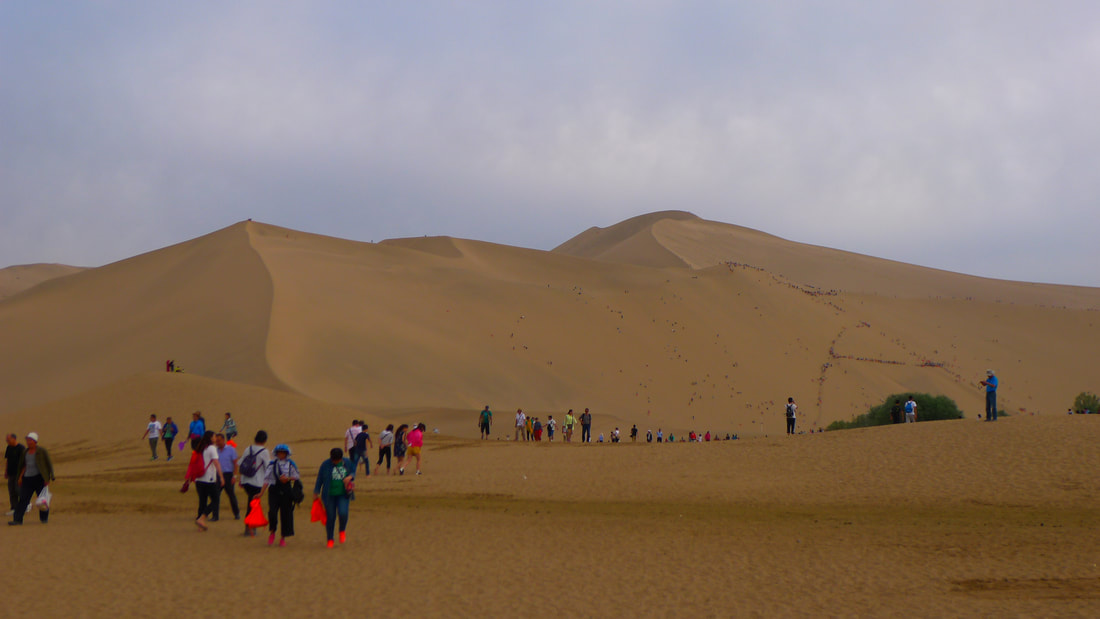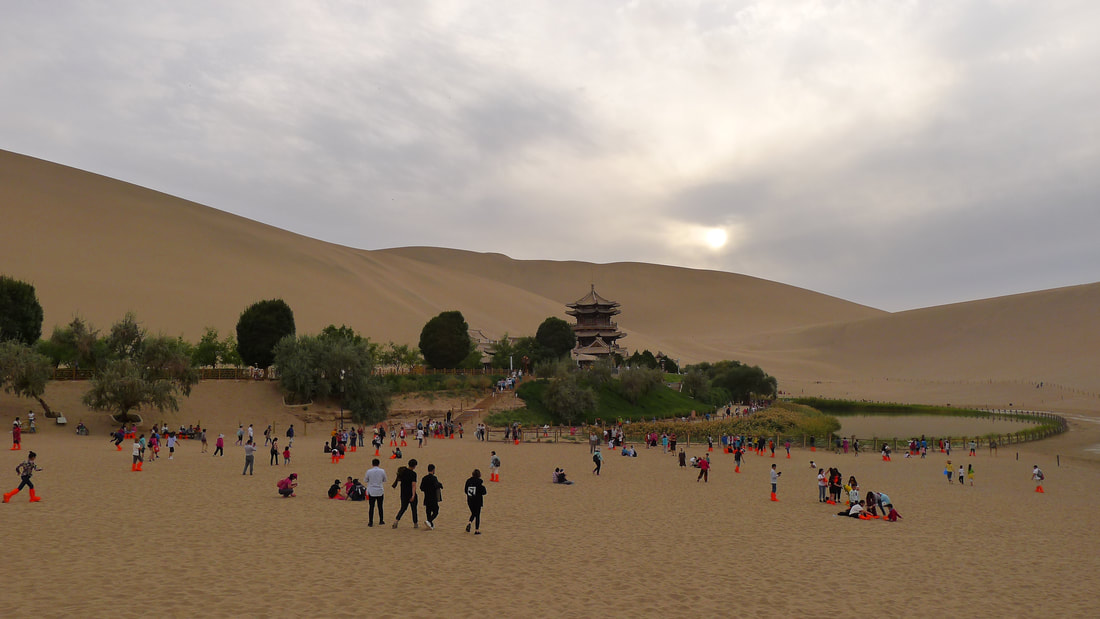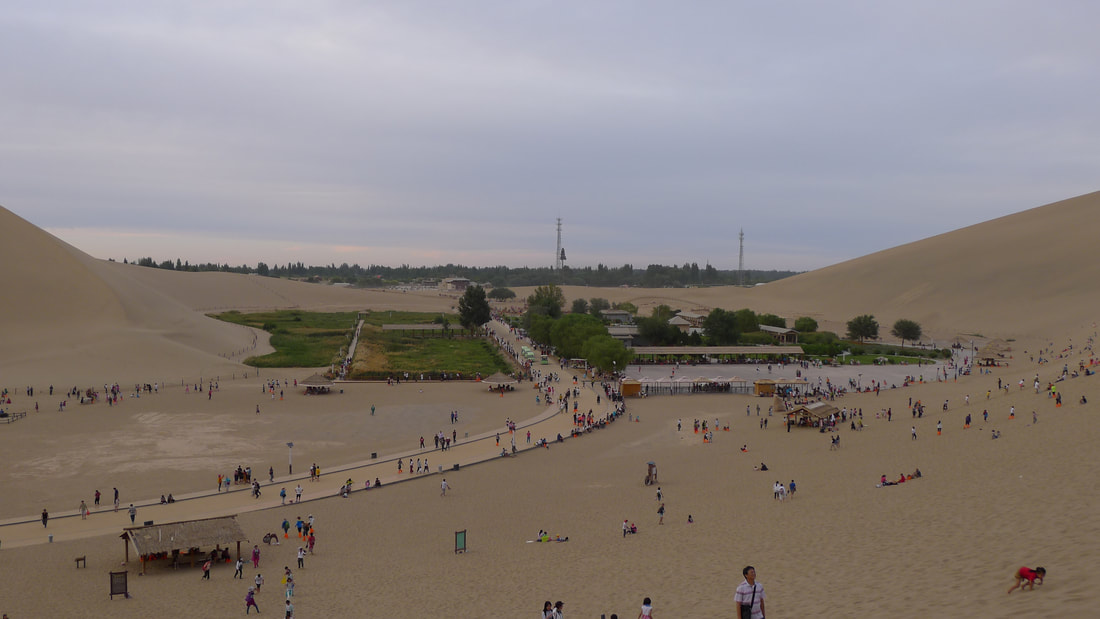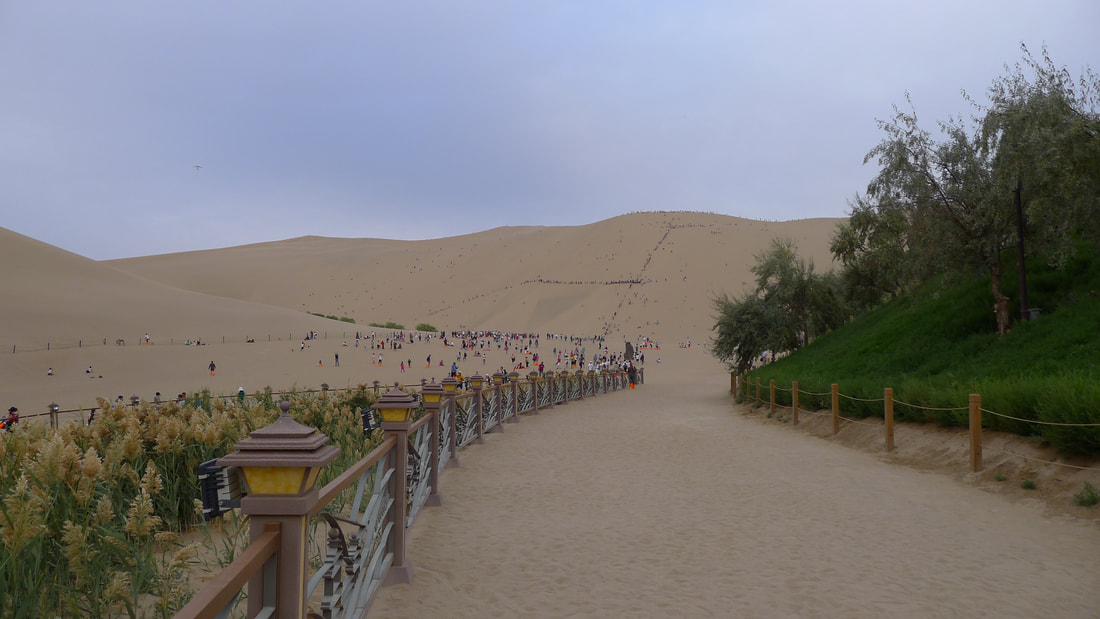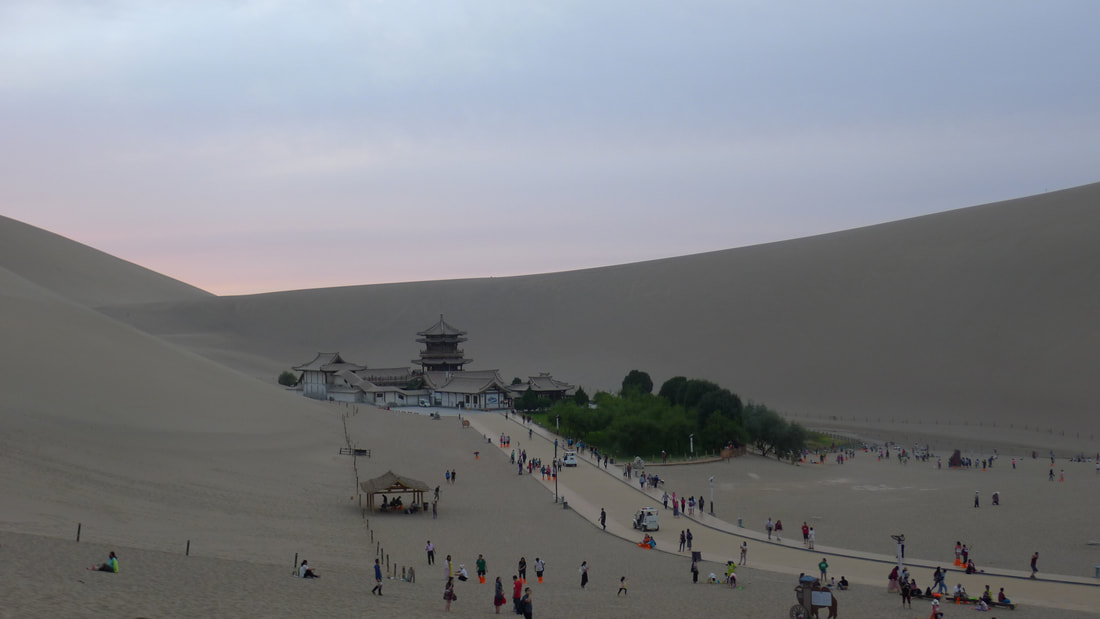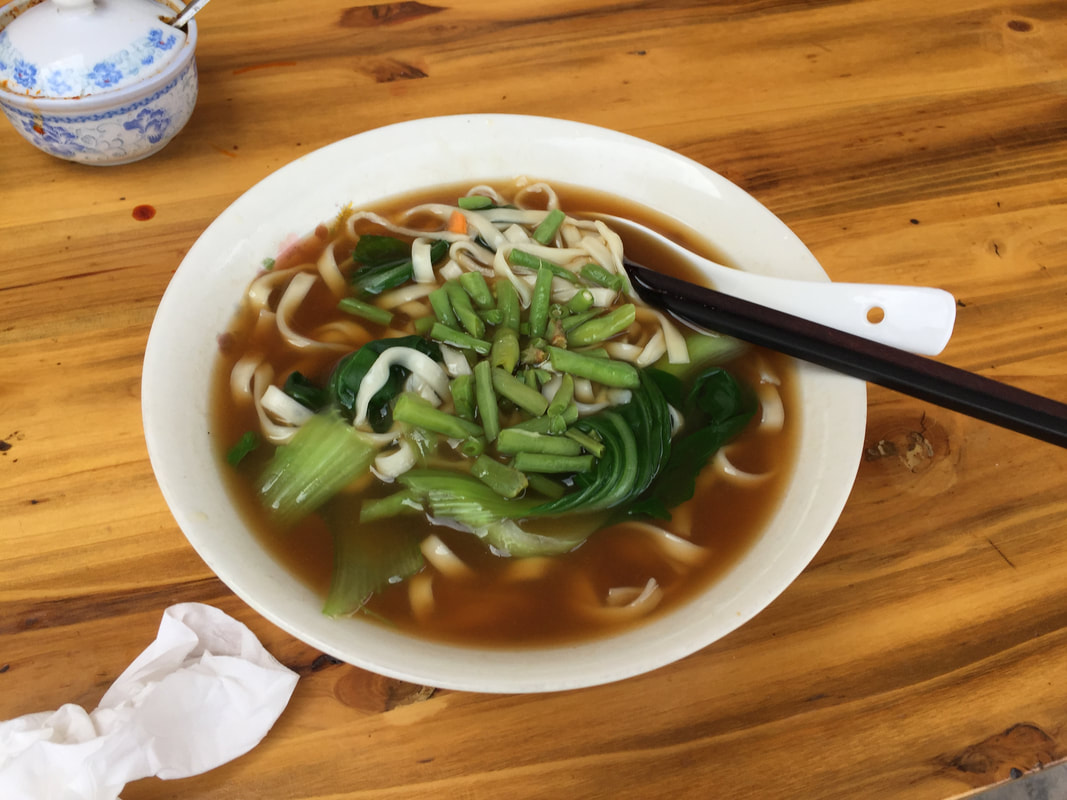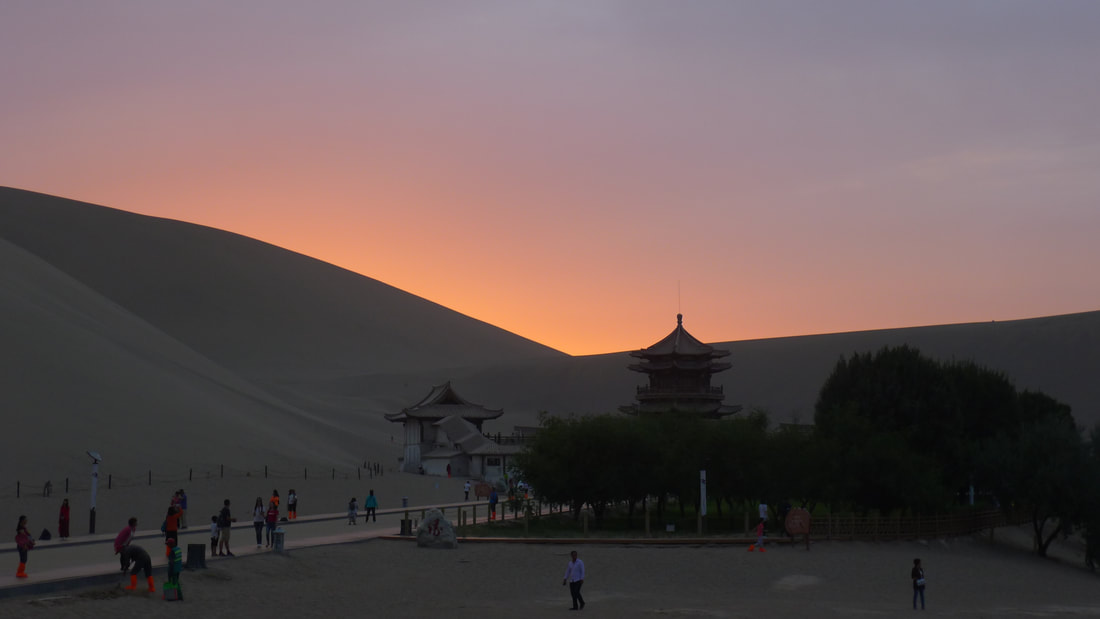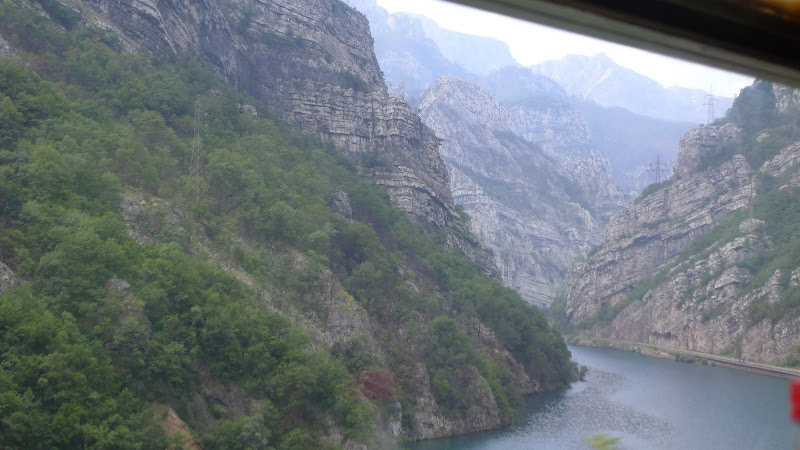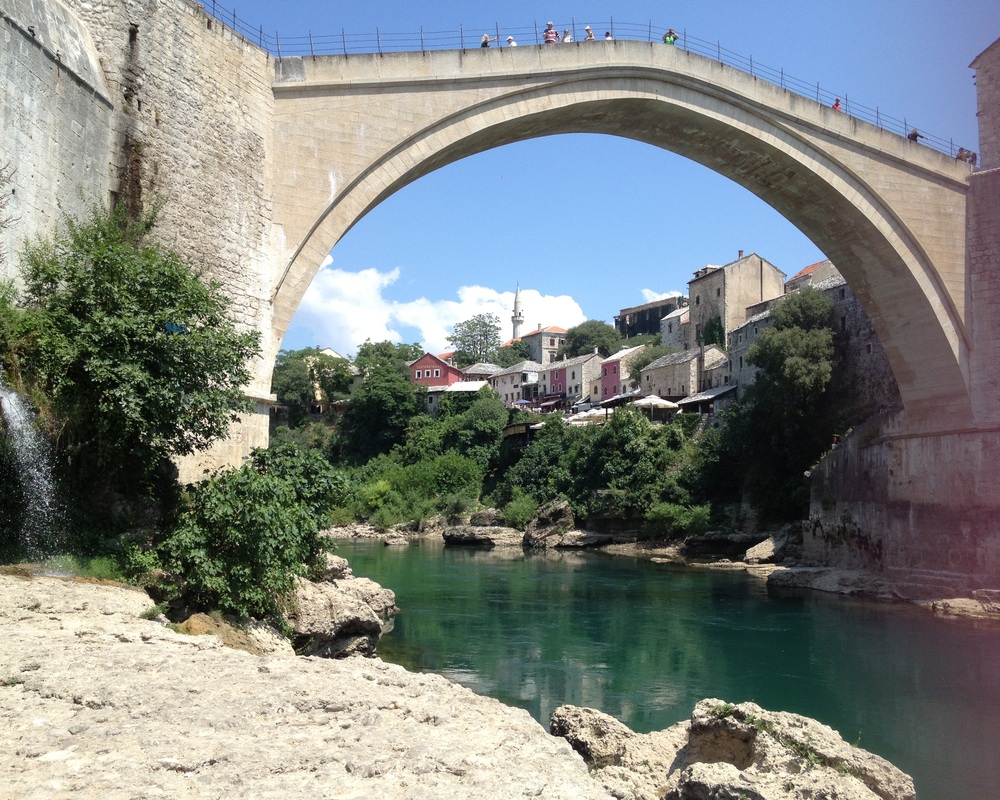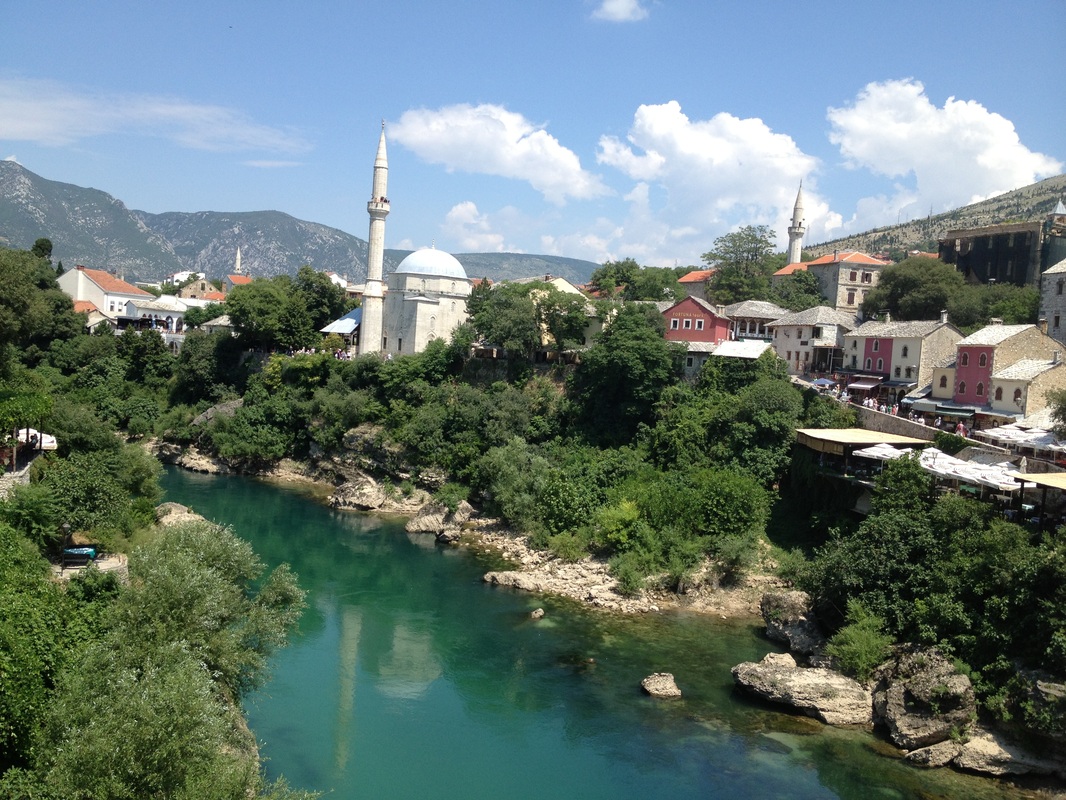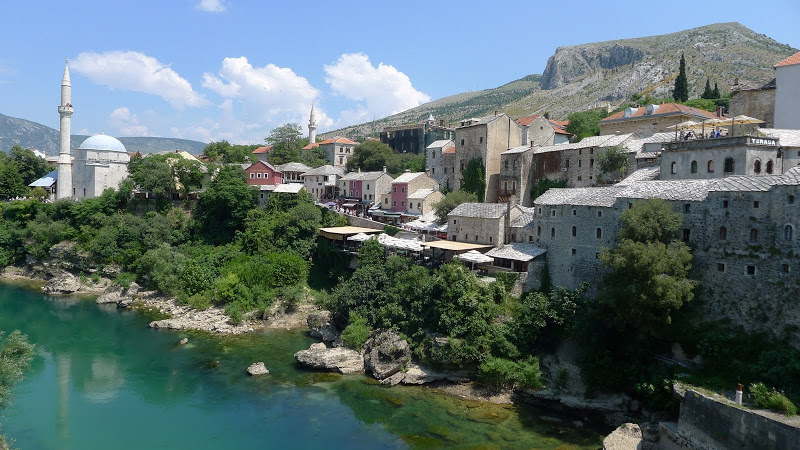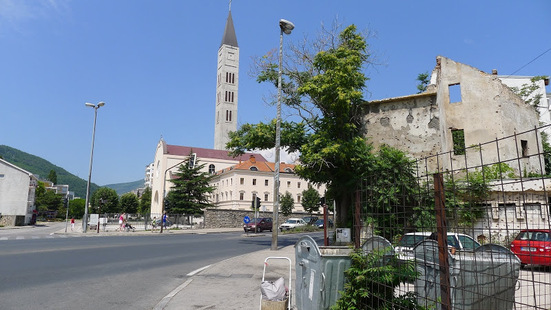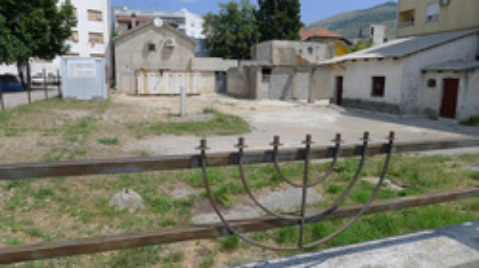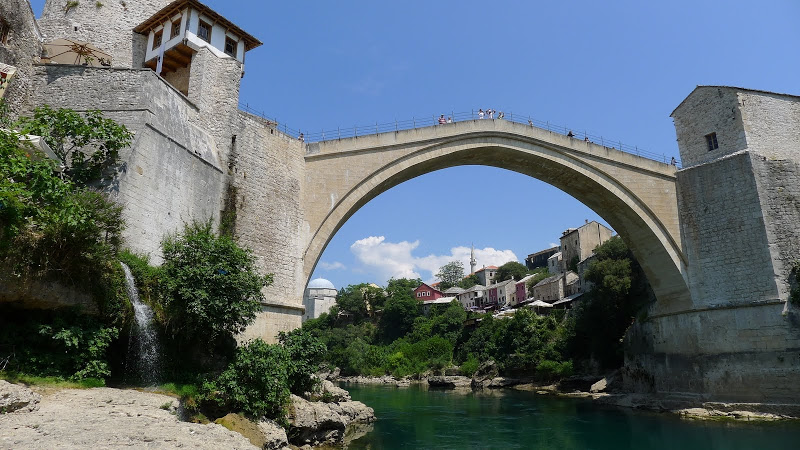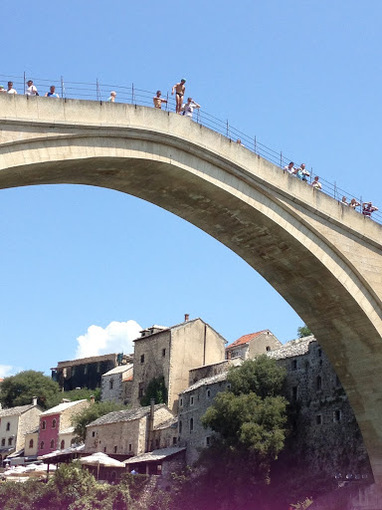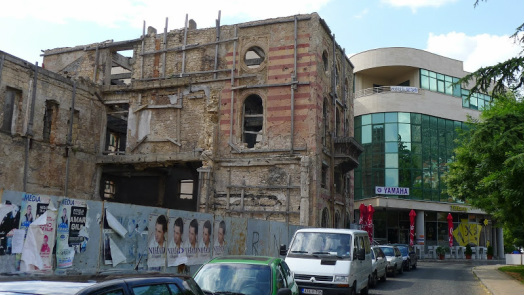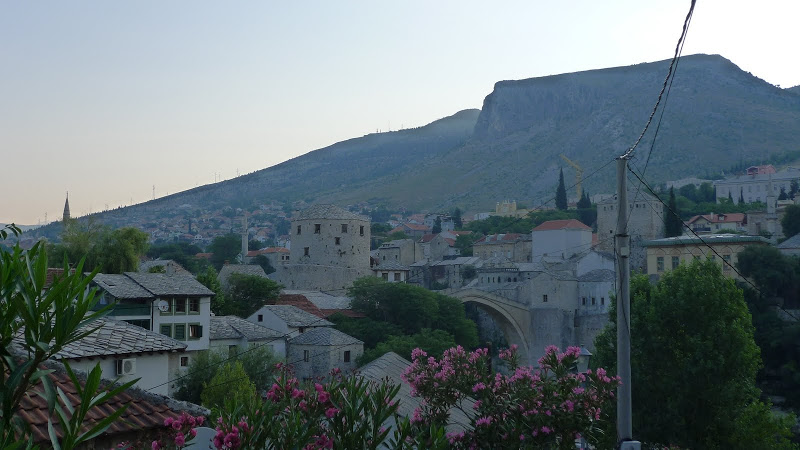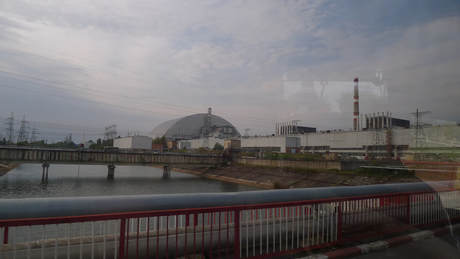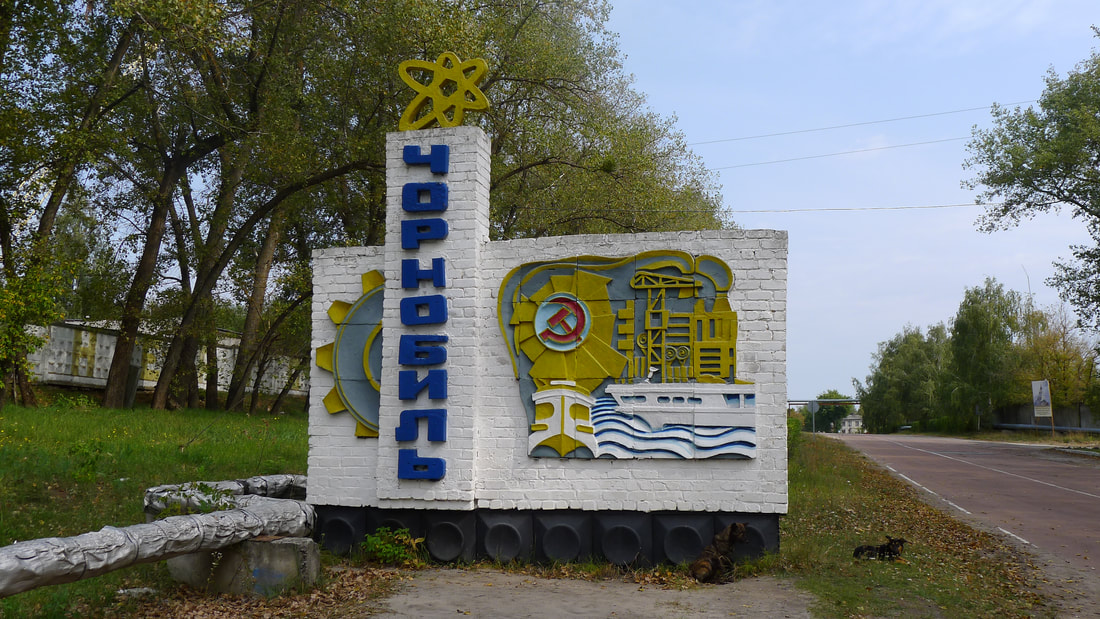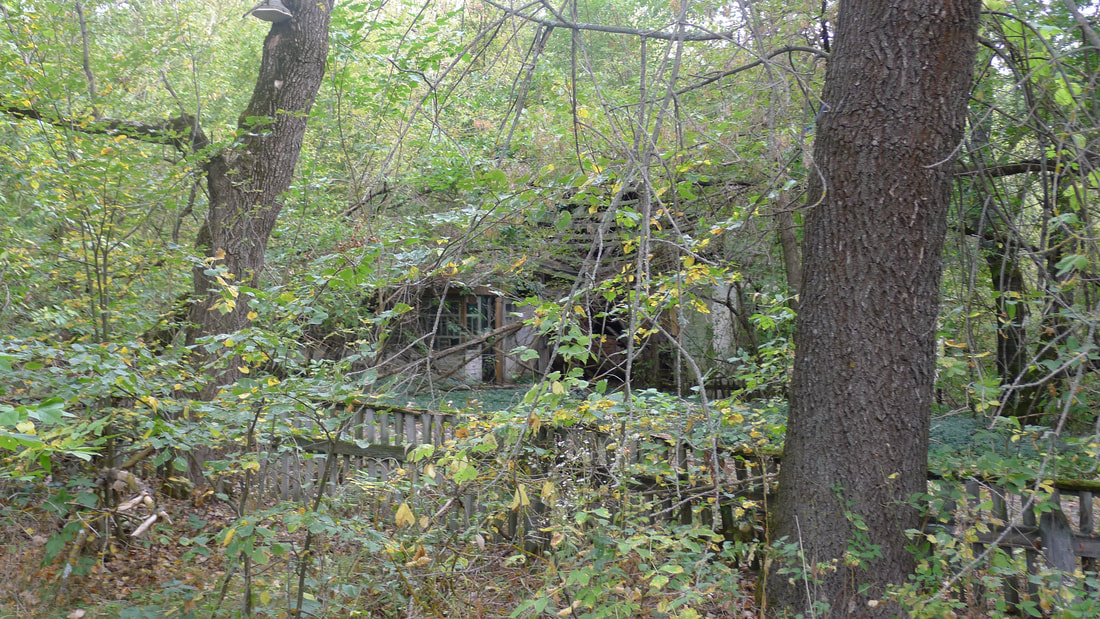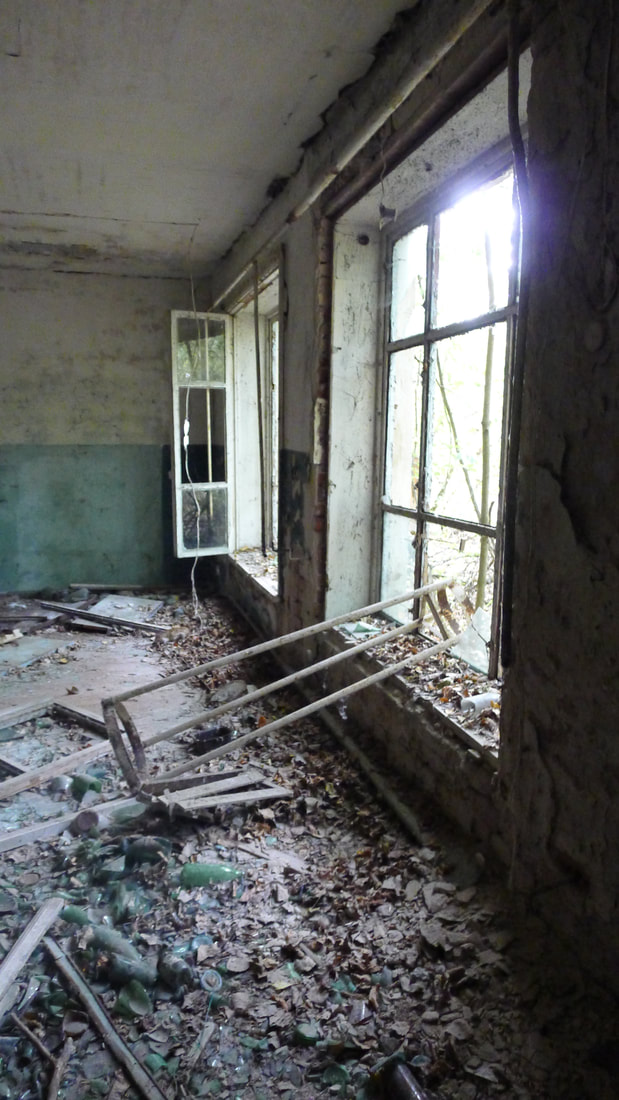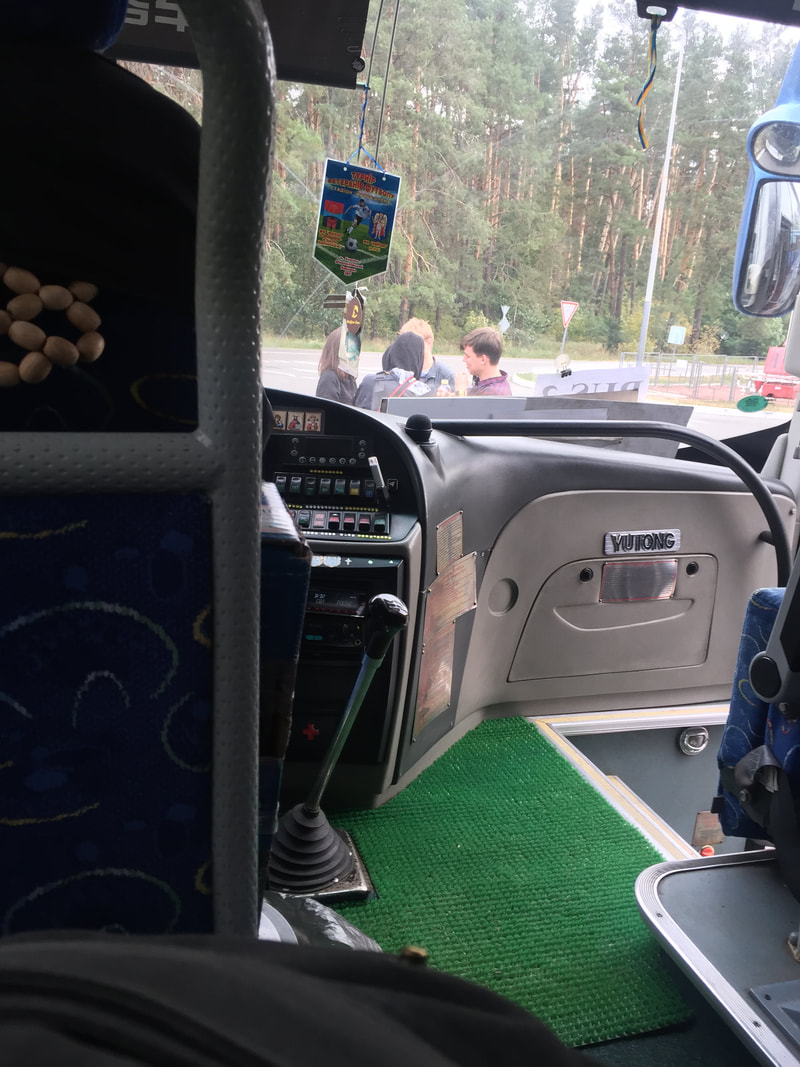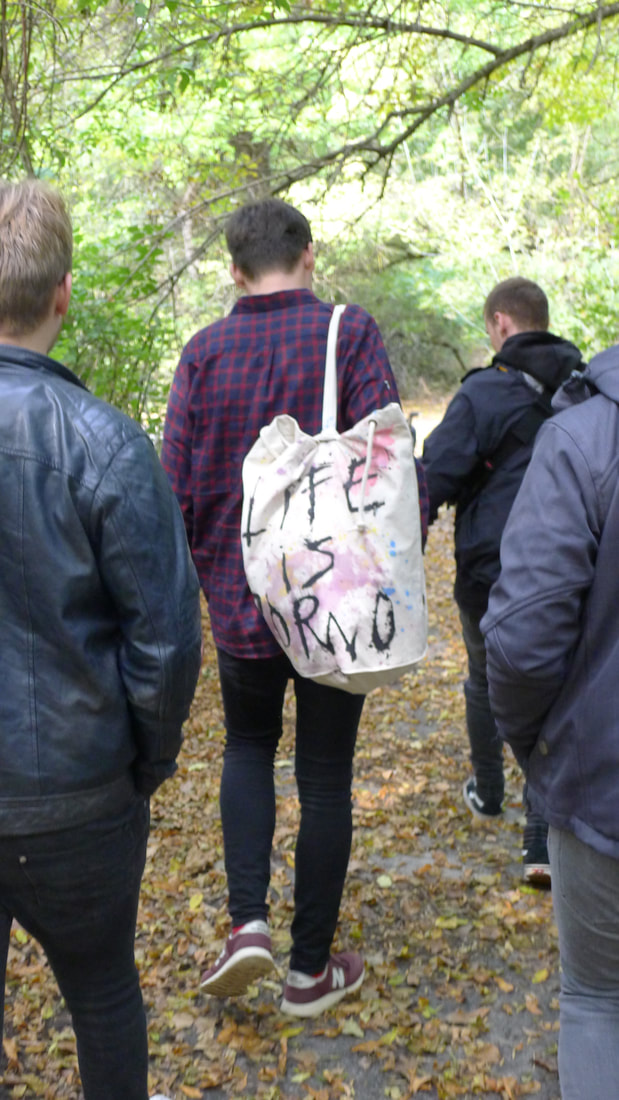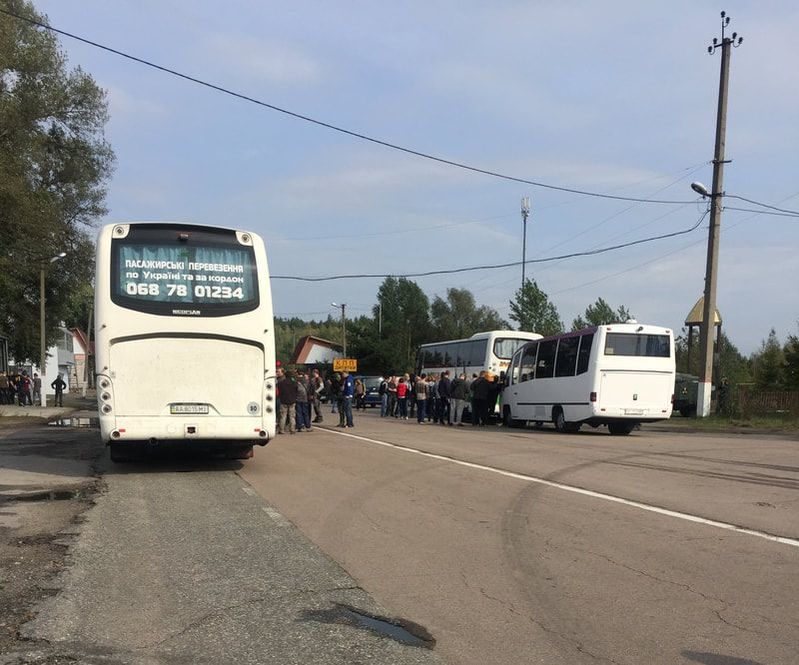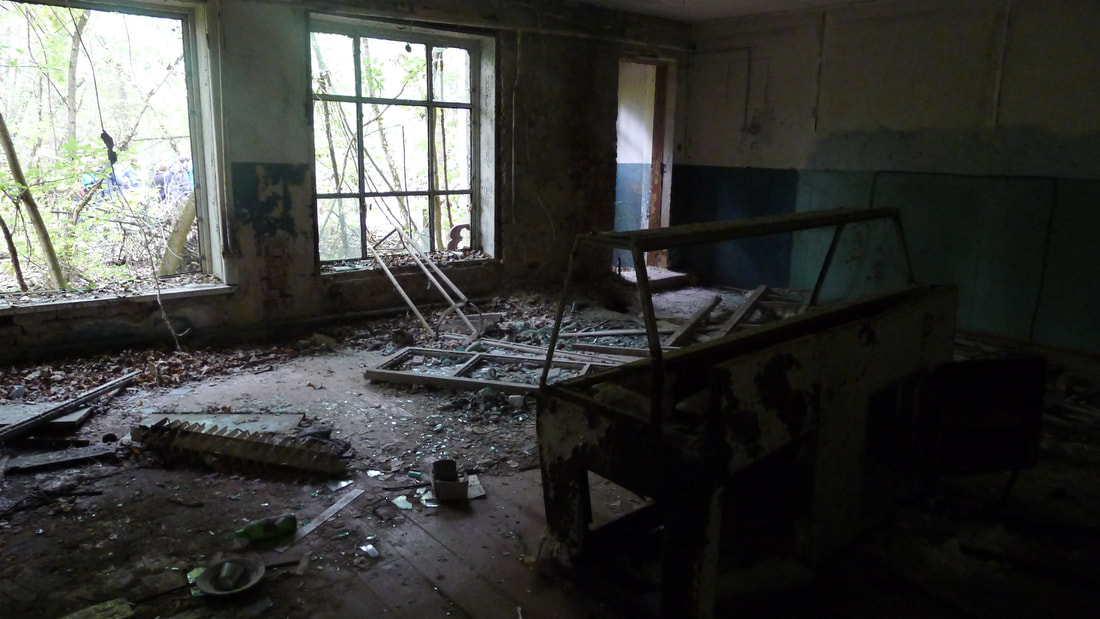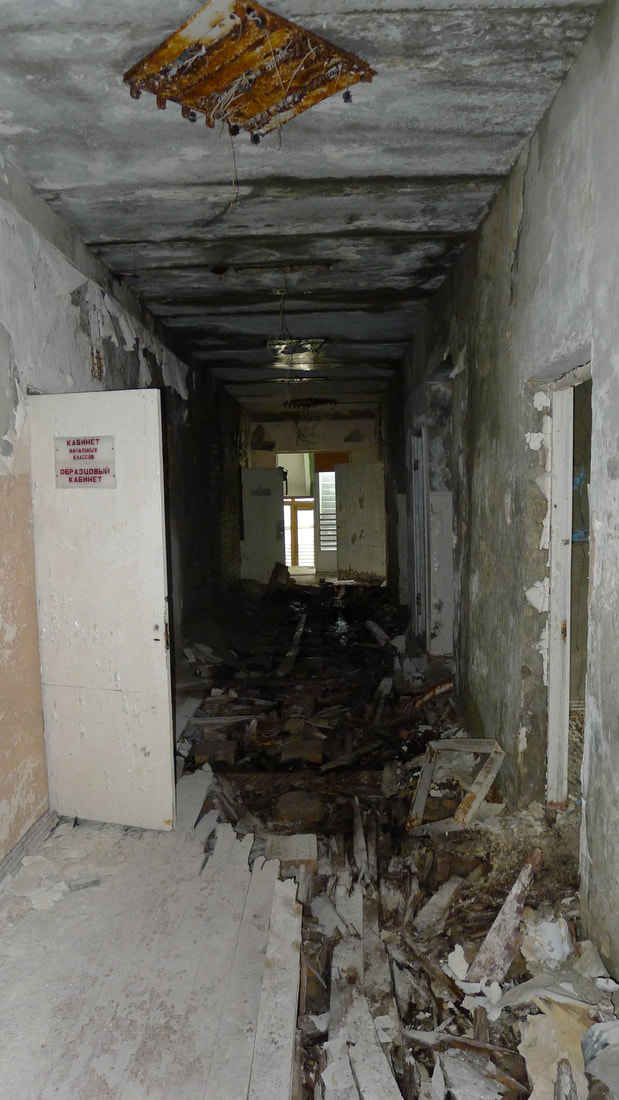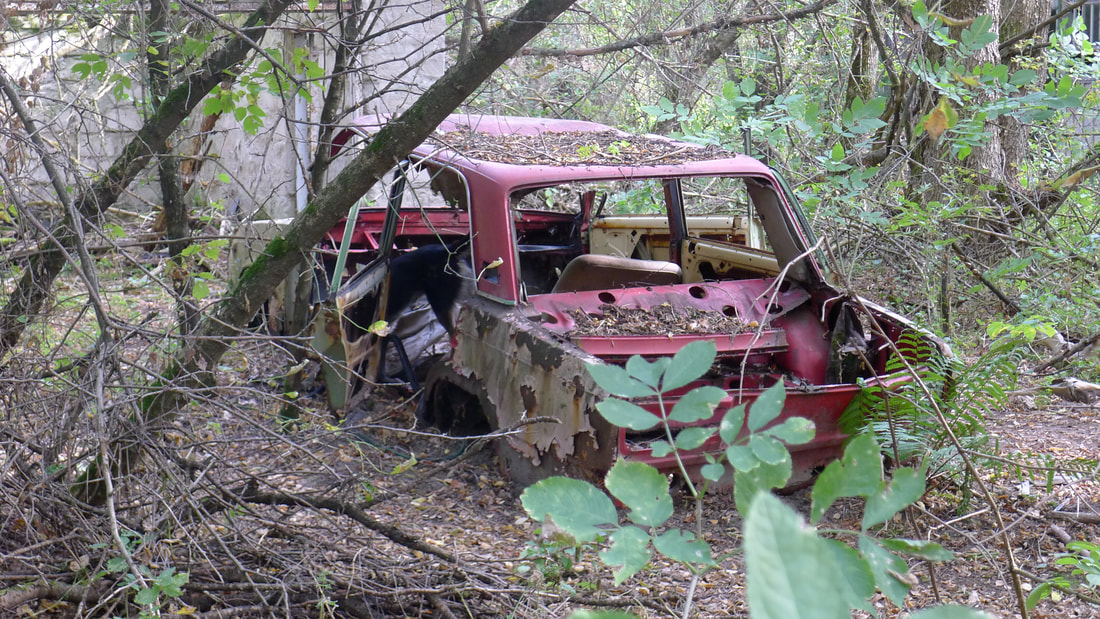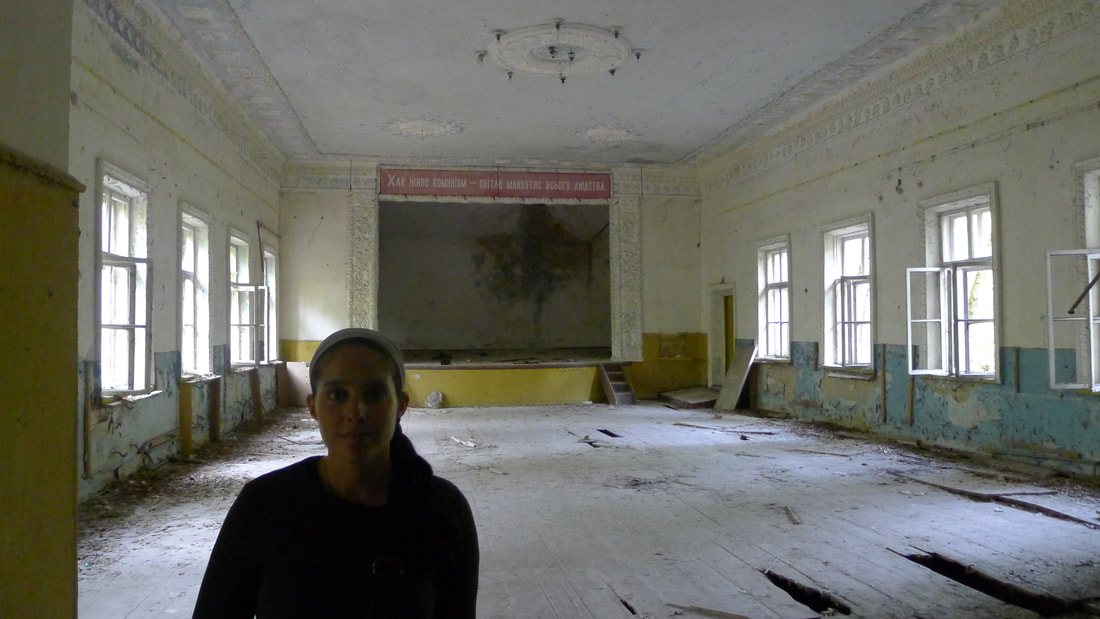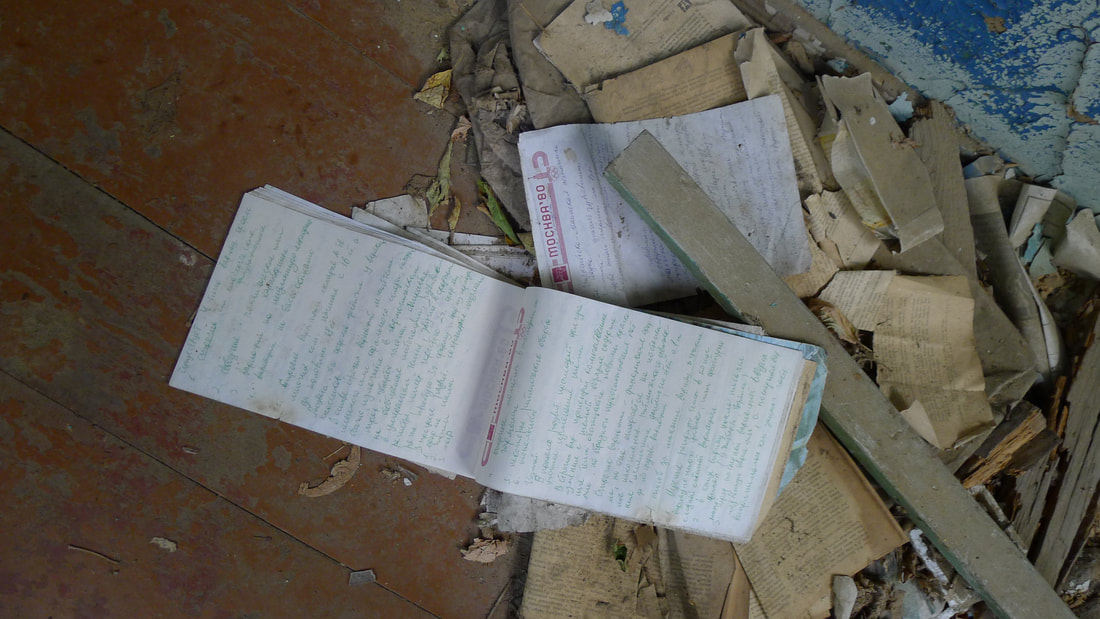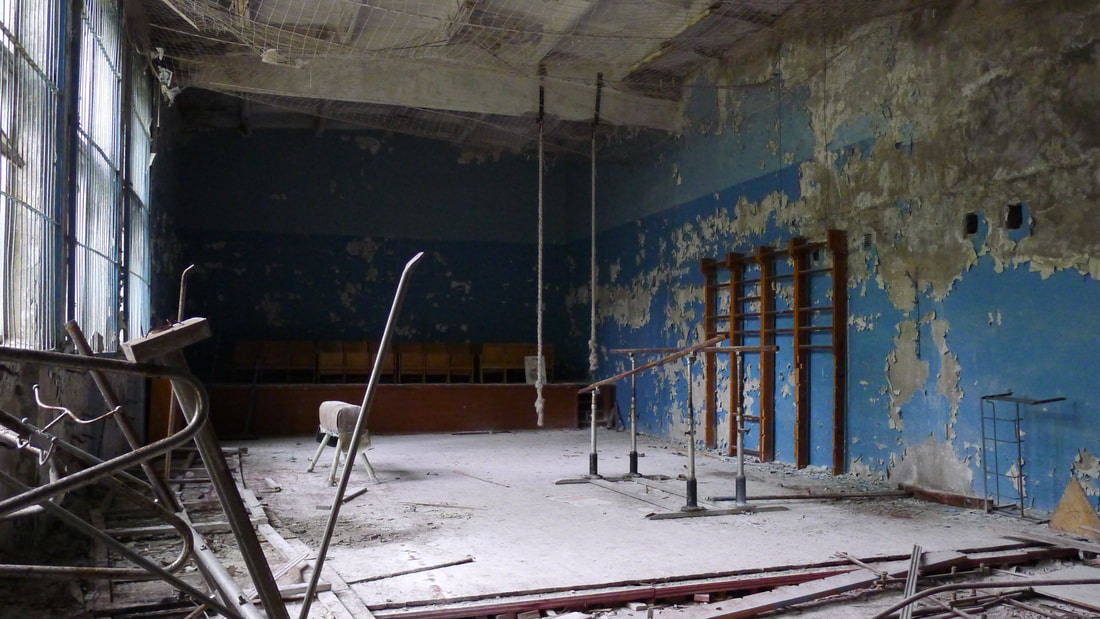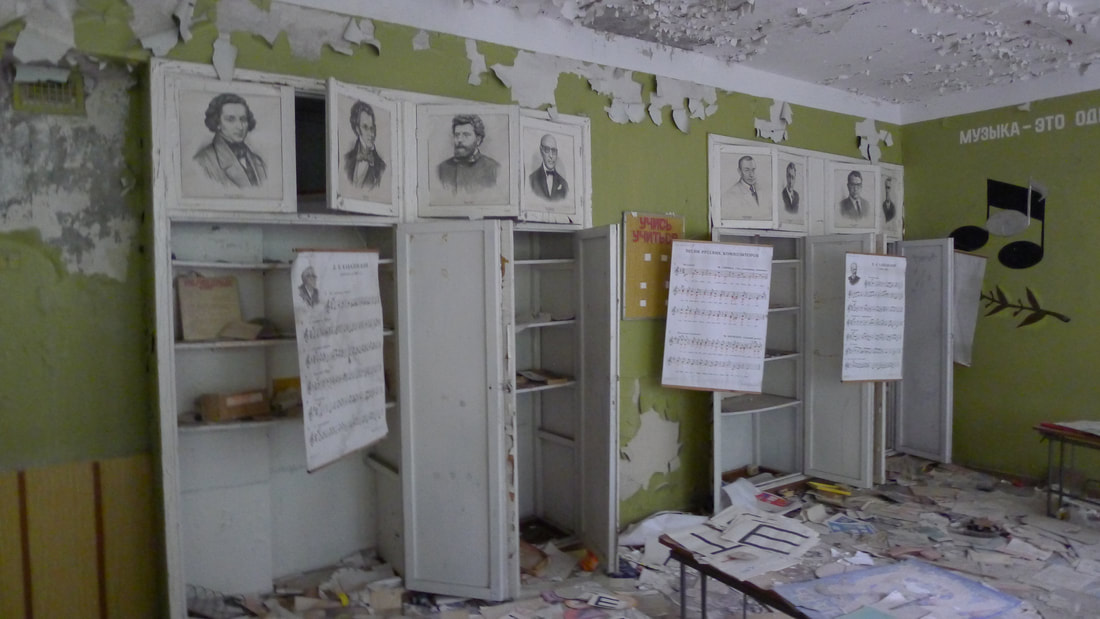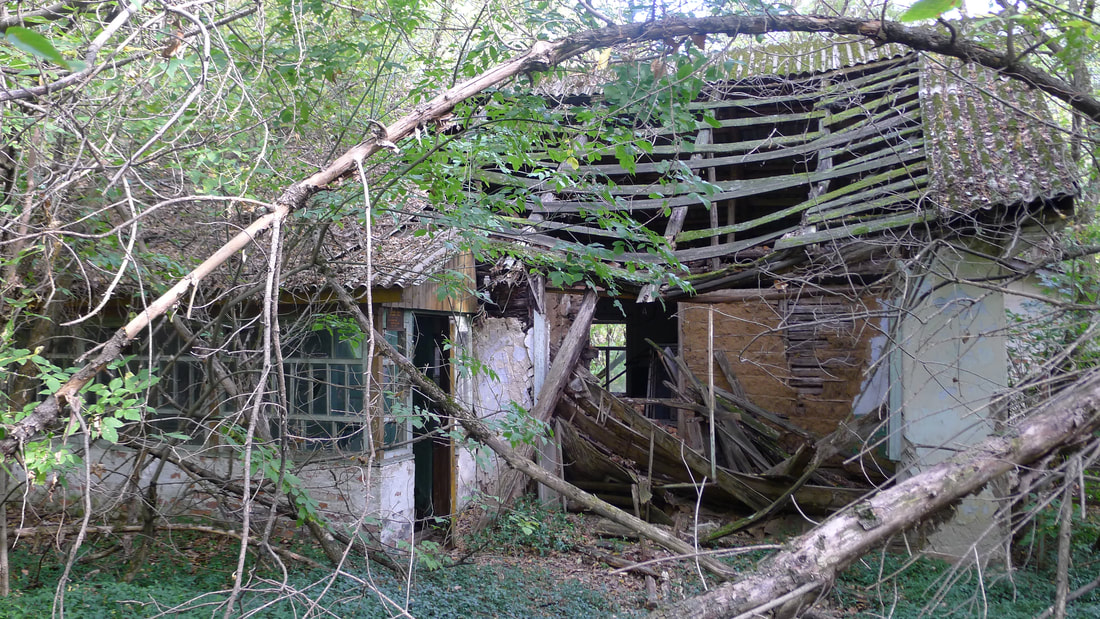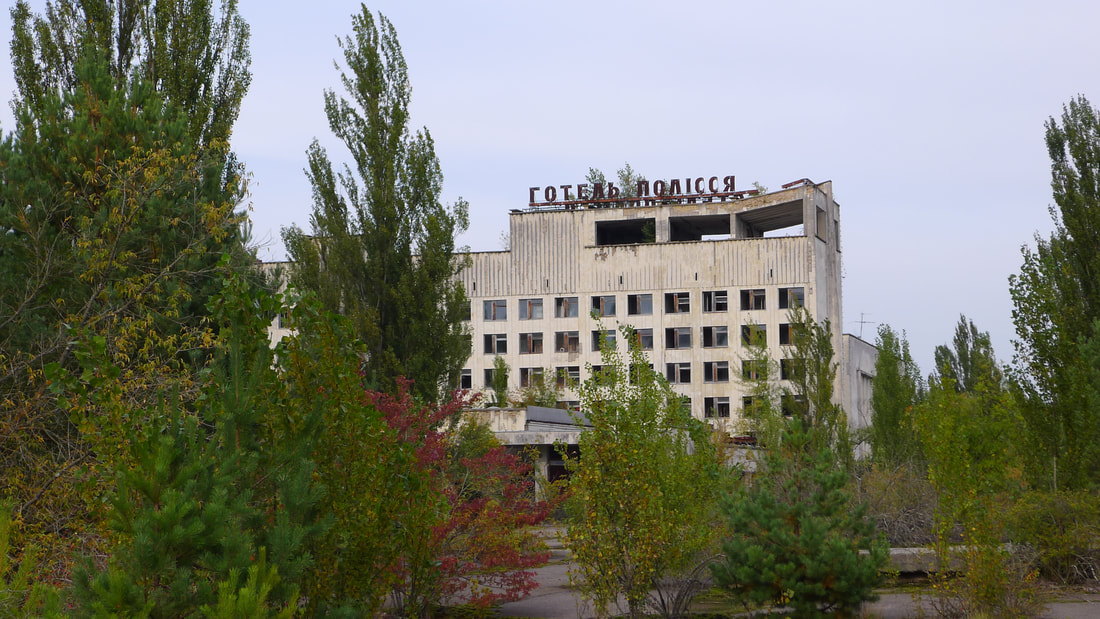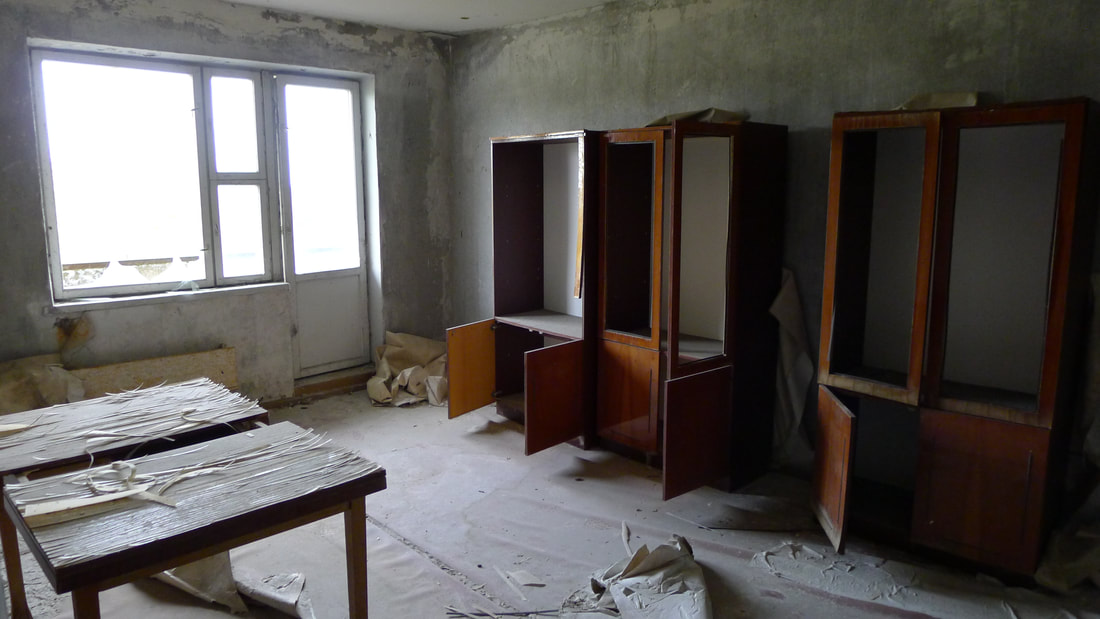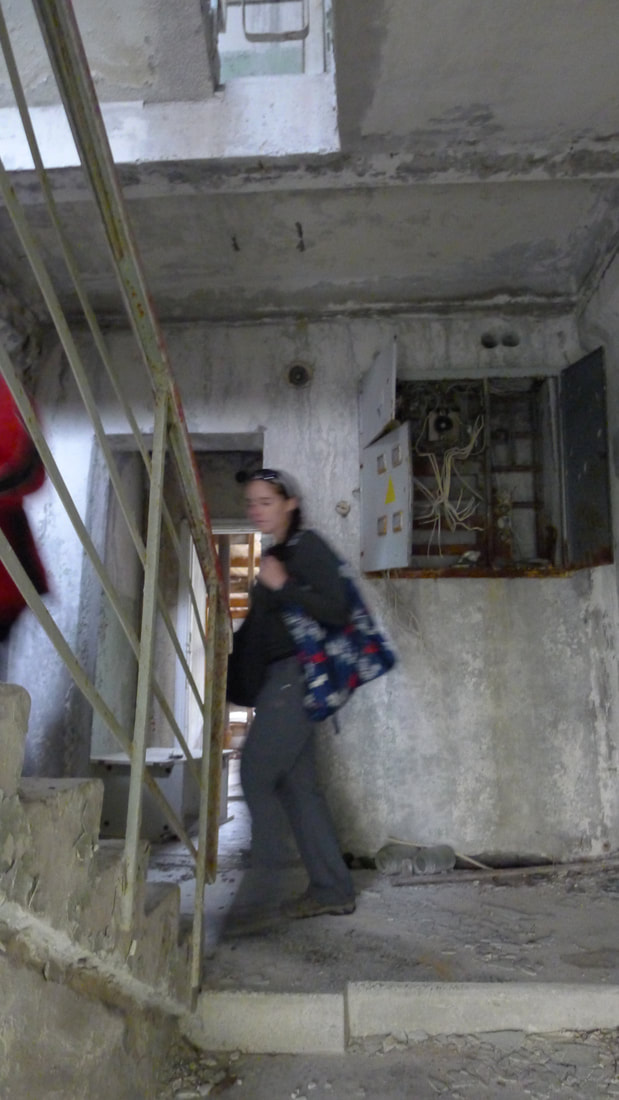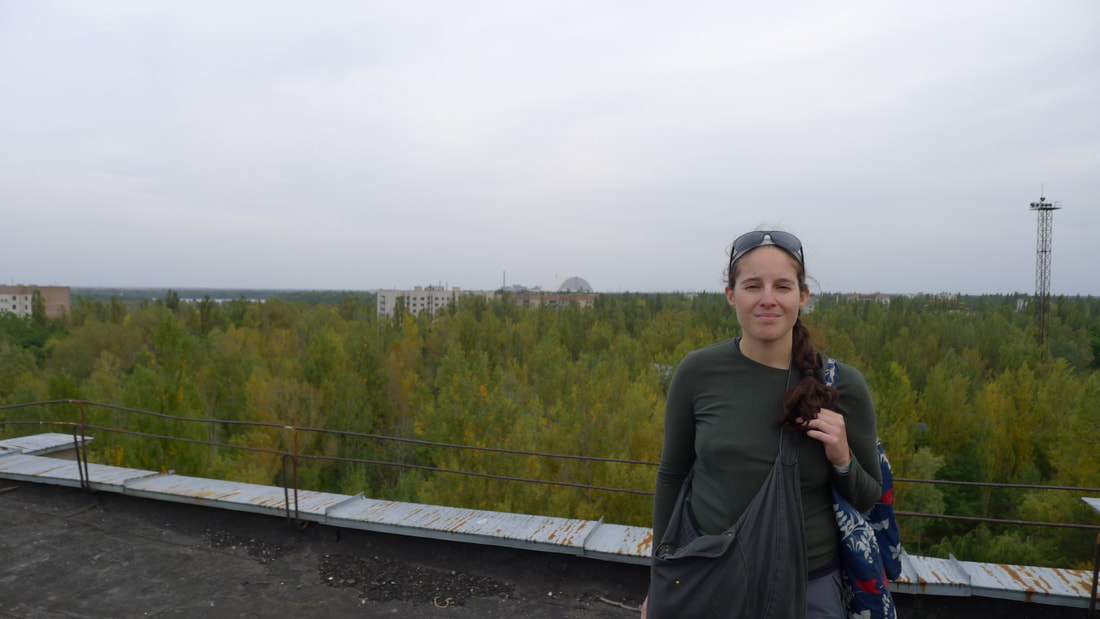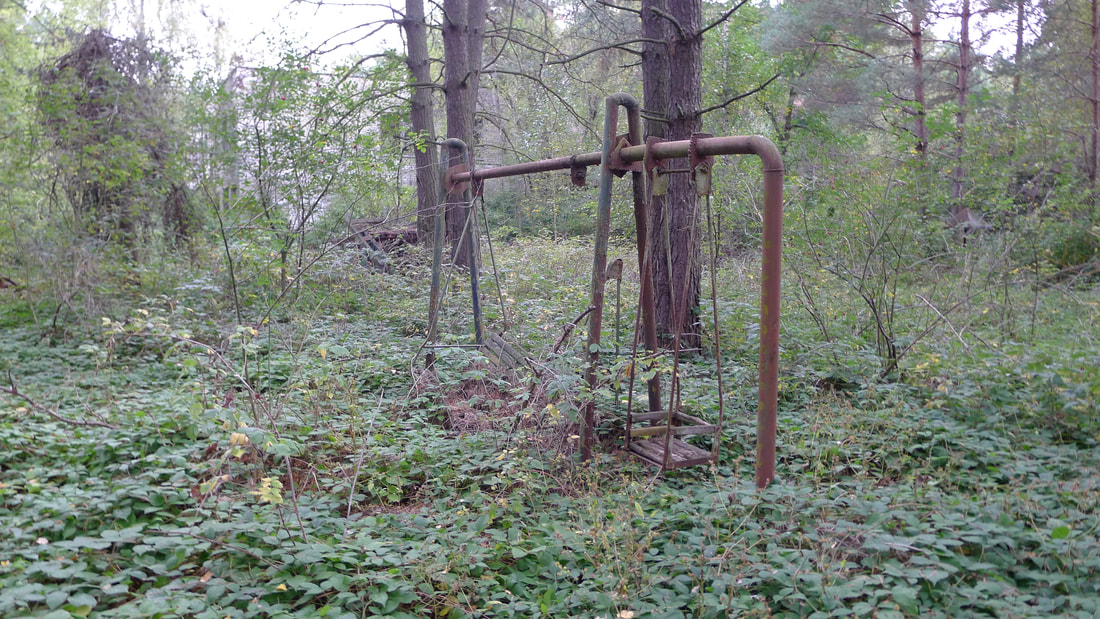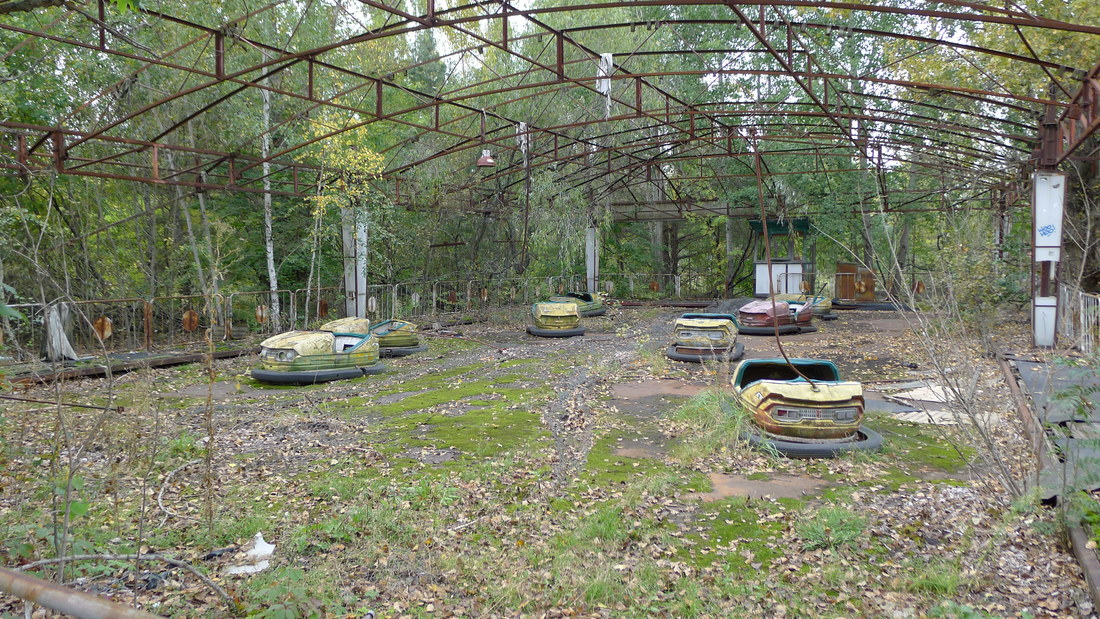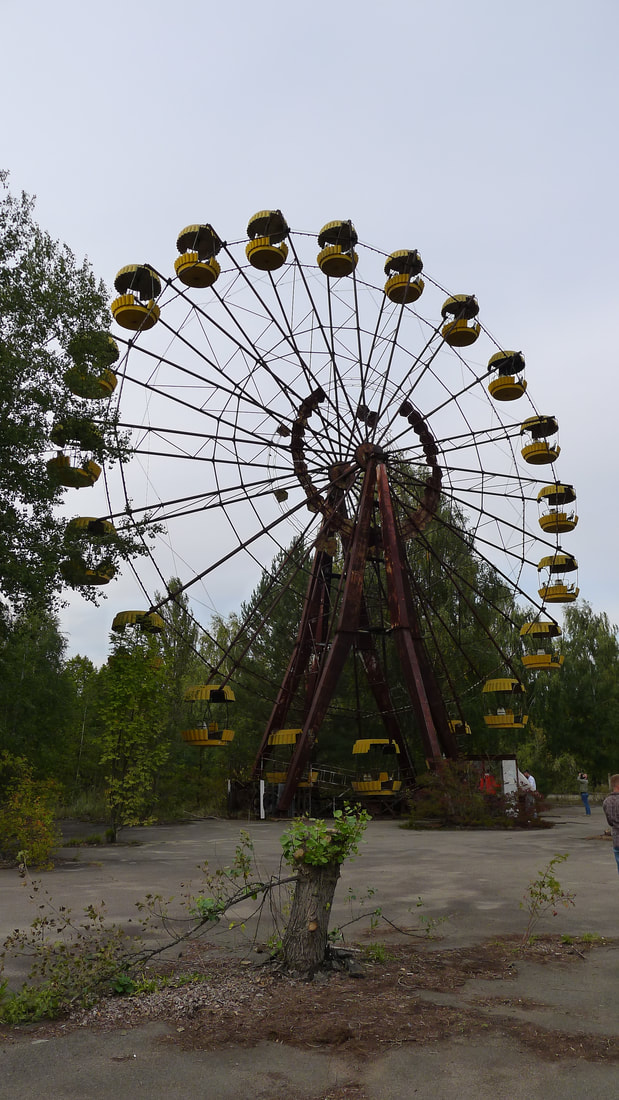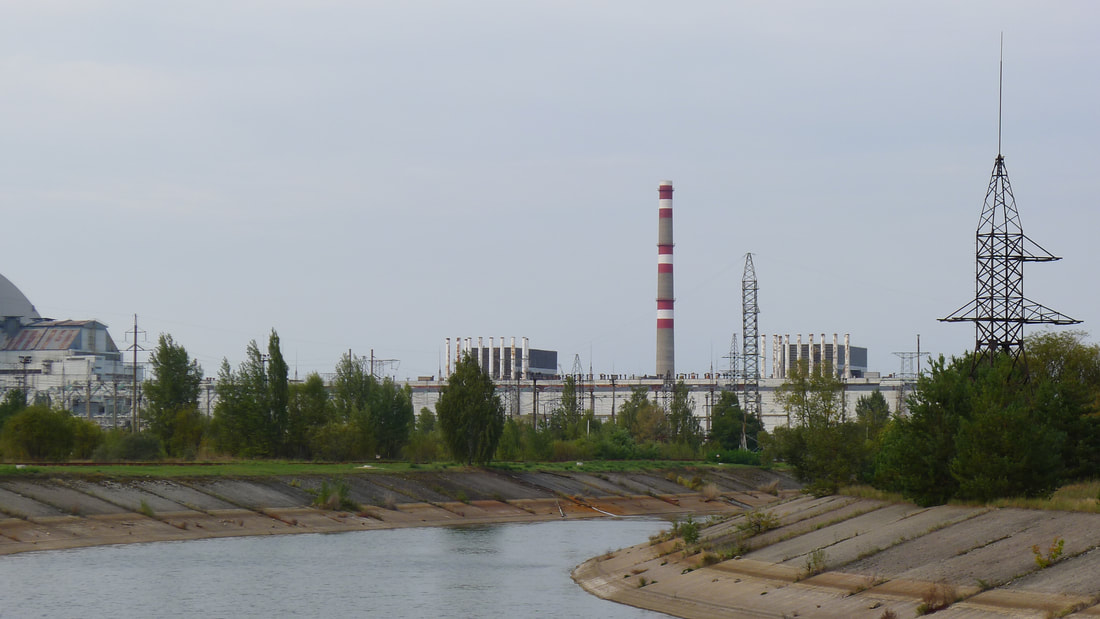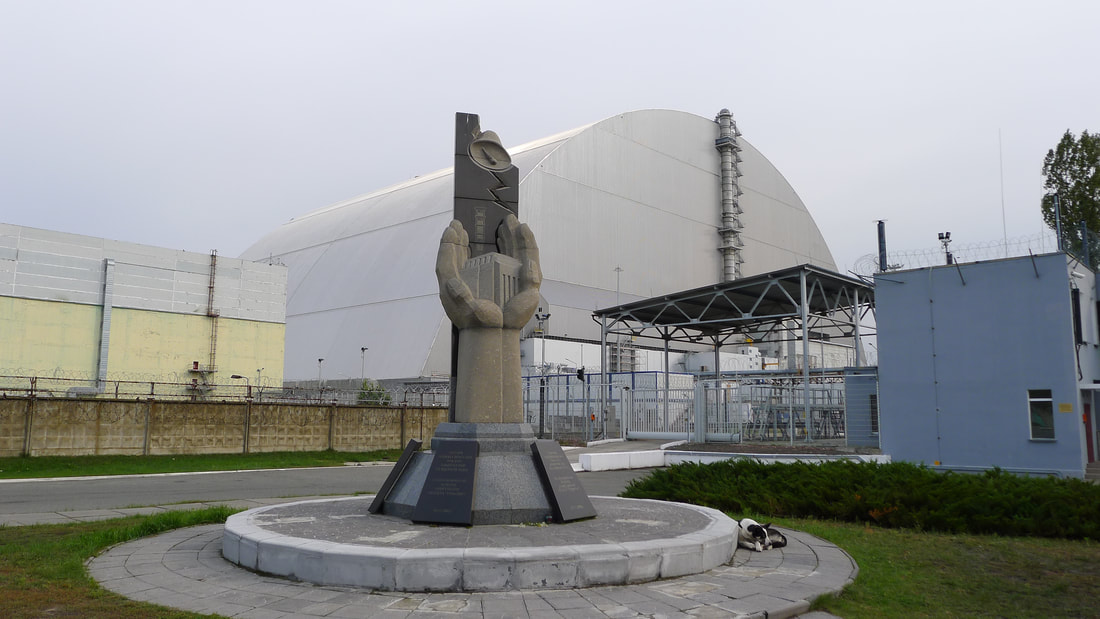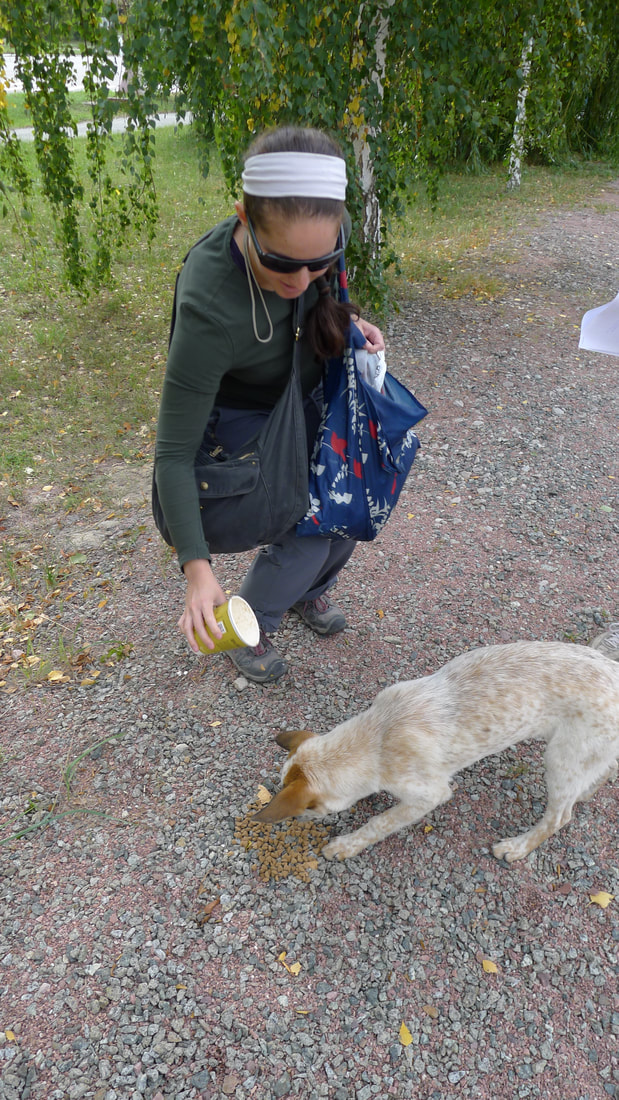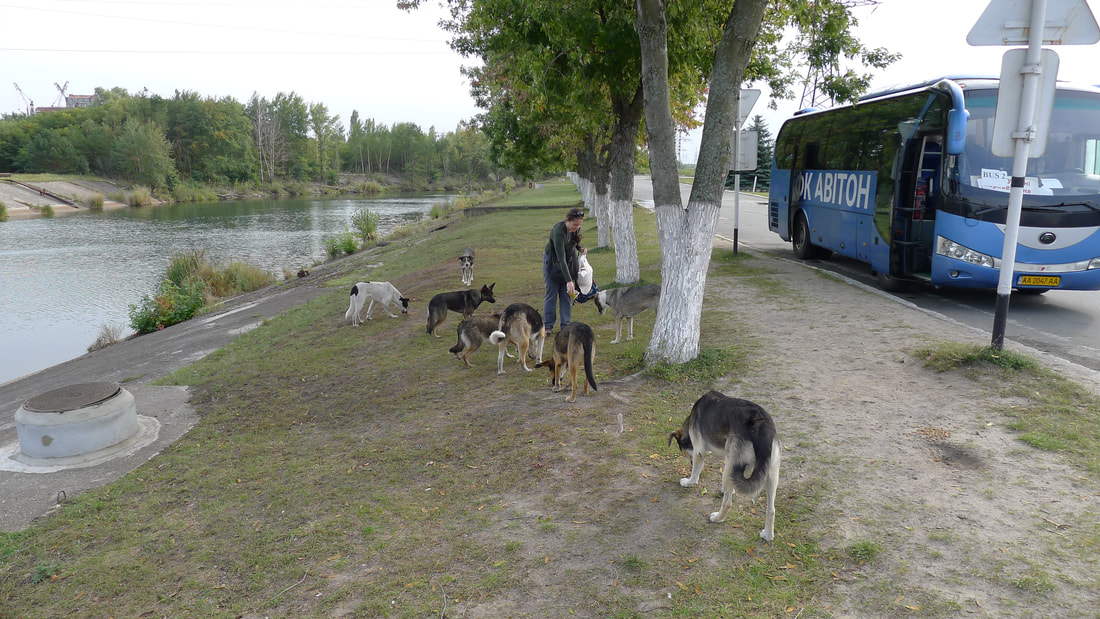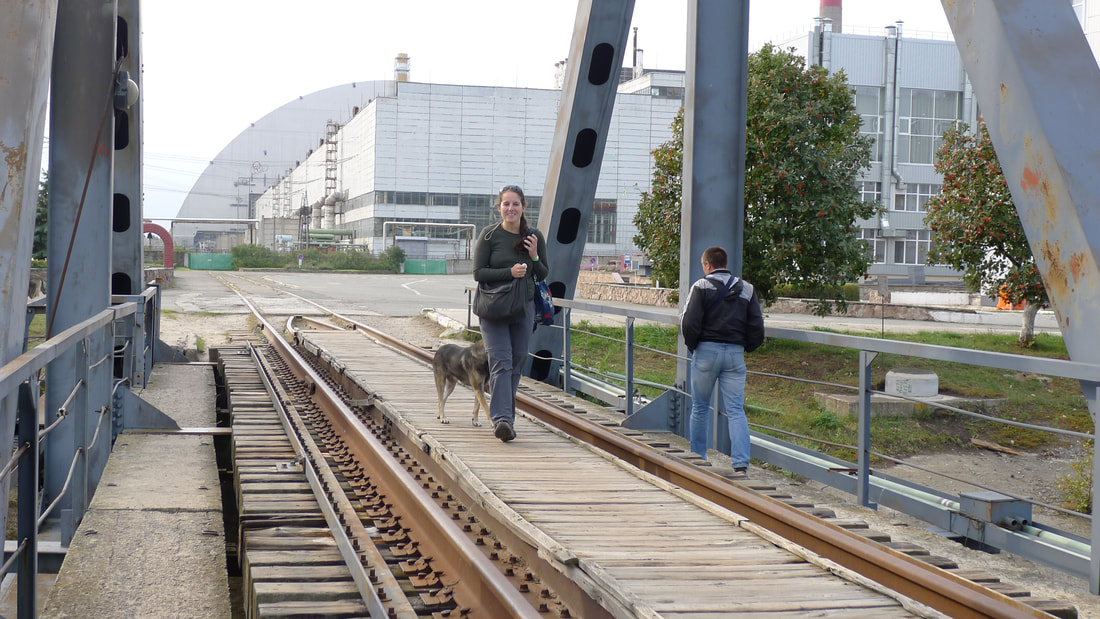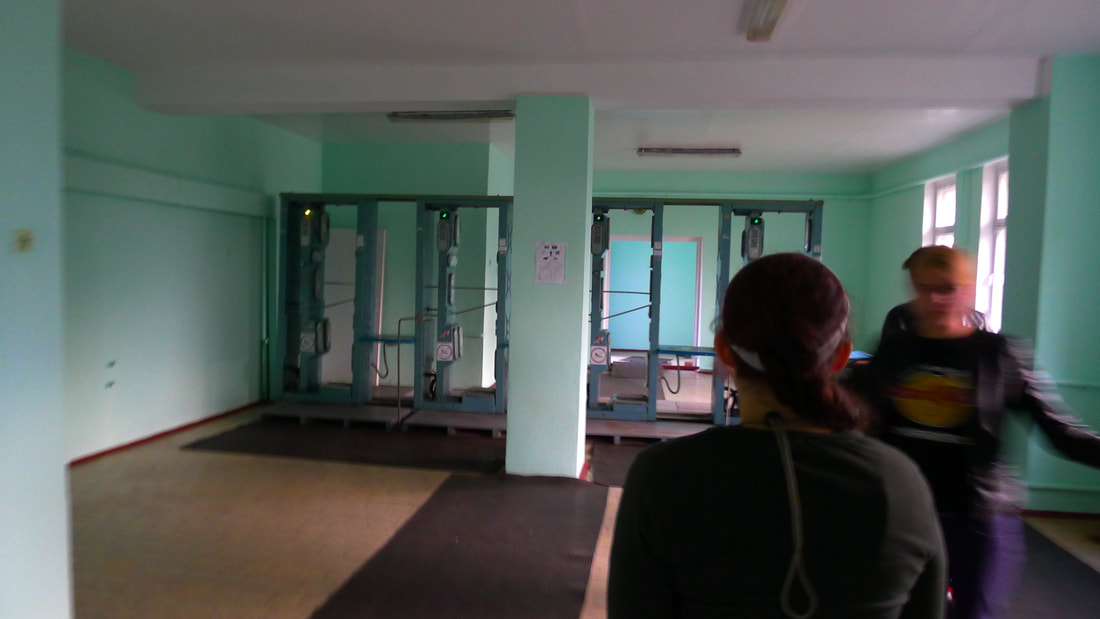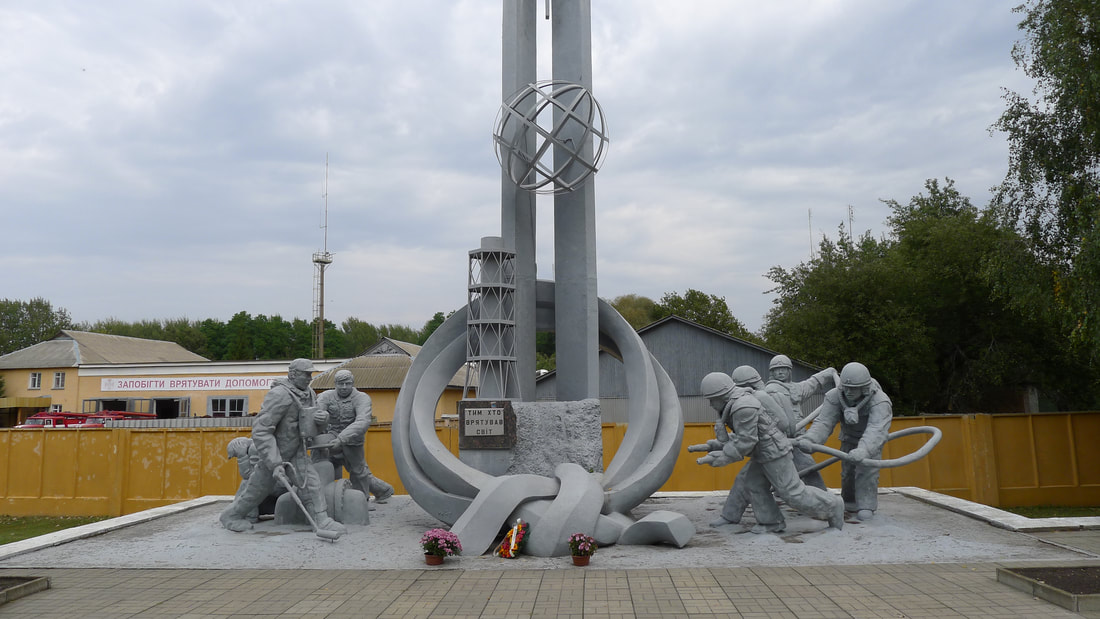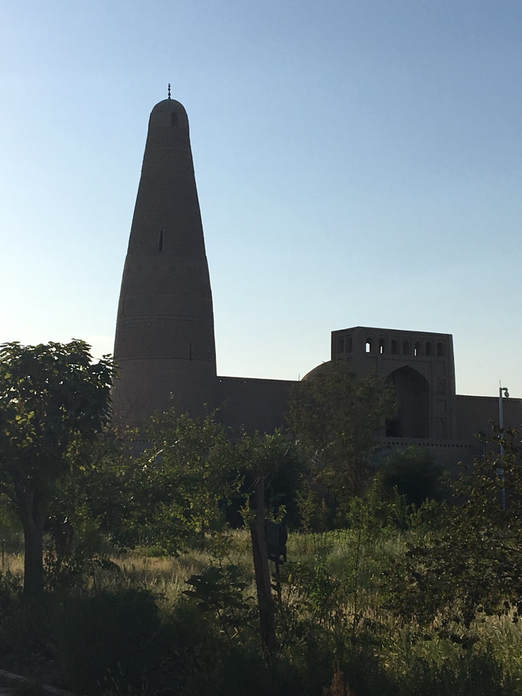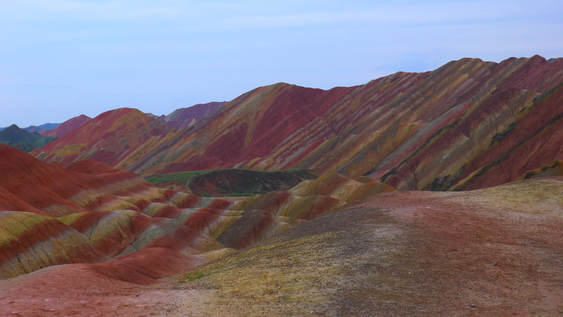 Zhangye Danxia, China: The "One Beautiful Place in West of China"by Randi / September 4, 2017
Zhangye Danxia, China: The "One Beautiful Place in West of China"by Randi / September 4, 2017I do not take that shit lightly and we got a partial refund of our money, but if we didn’t have to deal with the excruciatingly frustrating Chinese tendency to deny blame and never apologize and make things as hard as possible (and also, what contract law?!), I would have fought for all of it. YOU HEAR ME, SOPHY? YOU ARE A LYING LIAR WHO LIES AND YOU HAVE TAINTED THE NAME OF TOY GIRAFFES EVERYWHERE.
Then you find out your tour company is a bunch of lying liars and you fight but can’t do anything about it because the official site guides are the only ones with keys to the caves (they remain locked at all times except the few minutes you are in them) so you piss and moan like an impotent jerk and then you acquiesce and try to enjoy the damn thing. And it was indeed amazing. The paintings on the cave walls are of varying degrees of preservation, some barely visible, but some (a lot) are gorgeous and clearly visible still. It’s pretty awesome. It’s also very very hot (SANDWICHED BETWEEN TWO DESERTS I SAID) so bring water and a hat and whatever you have that might reflect the sun away from you. My hands have aged so much I can hear them saying “Muriel? Muriel hasn’t lived here for 50 yeeeeears…”
We spent probably 3 hours between both the sites of the cave complex. After we got back to our guesthouse, we wanted to go into the desert to see the enormous dunes and the famous oasis of Crescent Lake, about a 30 minute walk away. Unfortunately, my dry eye syndrome has been exacerbated, to say the least, in this climate, resulting in ocular migraines like I’ve never had before, so I had to take my contacts out and lay in the dark for a while while Z explored what he said (so meanly) was the most amazing place. He took good pictures but I’m so mad I had to miss this. Stupid dry climate.


